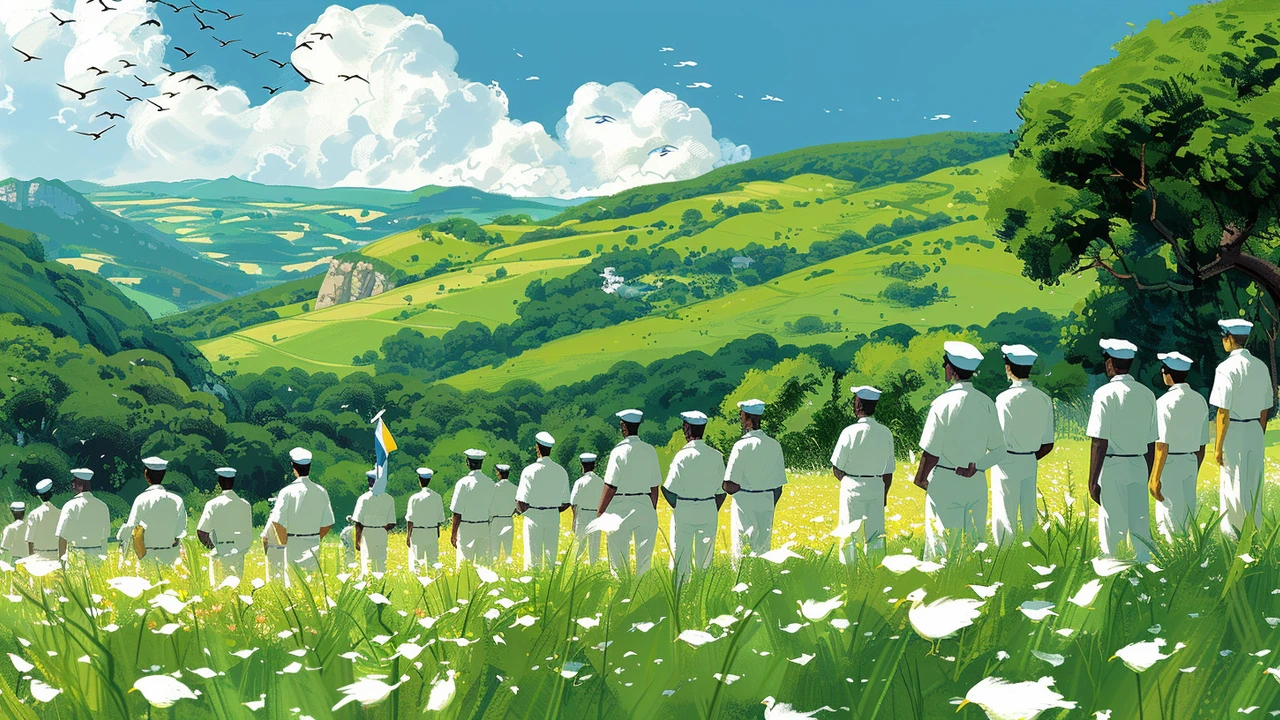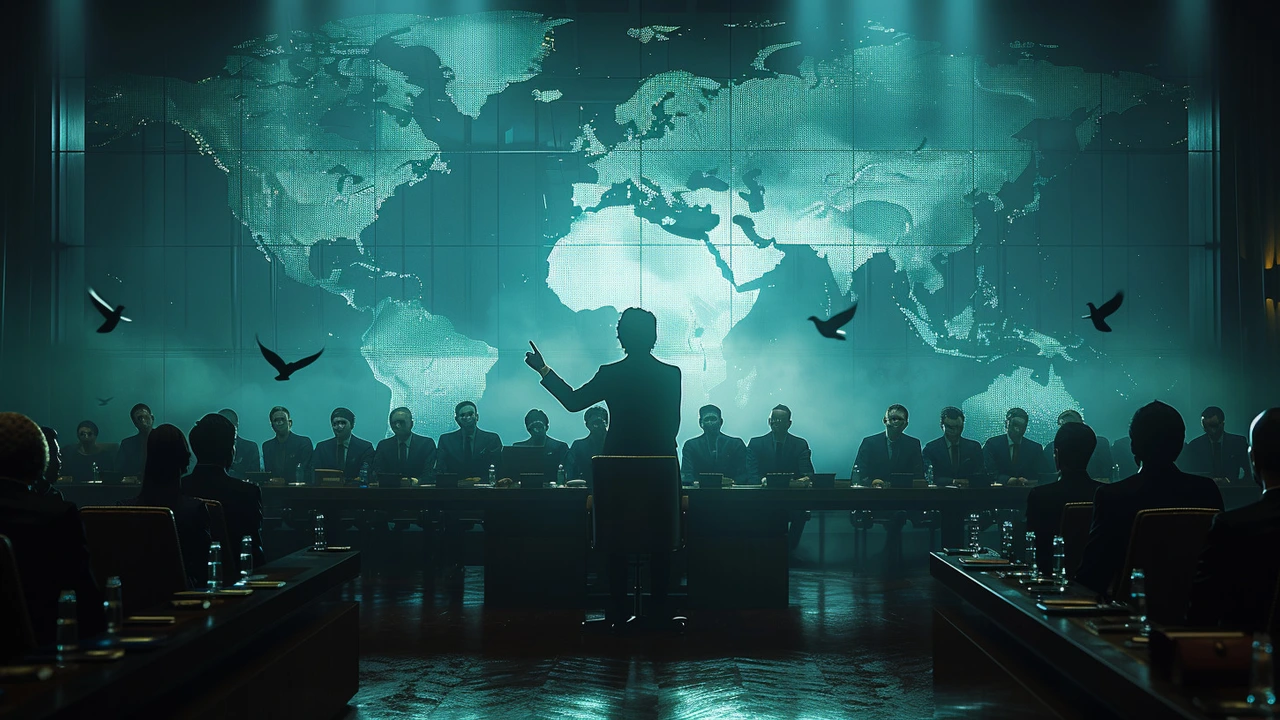Global cooperation means countries, international groups, local leaders, and aid organizations working together to stop wars, protect civilians, and rebuild communities. On Peacekeeping News Hub you'll find stories that show how that teamwork actually looks — from troops on the ground to NGOs helping schools reopen.
Peacekeeping missions don’t succeed when a single country tries to do everything. They need troops from different nations, civilian experts, police trainers, and local partners. When these pieces fit, missions protect people, support elections, and help restore basic services. A clear example: UN missions combine military protection with community development projects so security and daily life improve at the same time.
Cooperation also brings resources. Some countries send soldiers, others fund logistics or medical teams. NGOs fill gaps in healthcare and education. Technology providers supply mapping, communication, and remote monitoring to keep missions safer and more efficient. That mix — boots, money, expertise, and tech — is what makes sustained progress possible.
Working together isn’t automatic. Politics, funding shortfalls, unclear mandates, and lack of trust with local communities all create problems. For instance, peacekeepers may have strong orders from the UN but no clear political backing from powerful states, which slows decisions on the ground. Or a mission may lack translators and cultural experts, making local cooperation harder.
Fixes are practical: clearer rules of engagement, steady funding commitments, and more training that combines military skills with community outreach. Sharing intelligence and logistics between contributing countries reduces duplication and speeds response times. Including local leaders early — not after plans are set — builds trust and makes peace efforts stick.
We also report on softer but vital parts of cooperation: human rights monitoring, protecting civilians, and rebuilding schools and clinics. These actions create daily normalcy that helps prevent trust from breaking down again.
If you want to understand the big picture, read pieces that trace the history of peacekeeping or profile contributors from different countries. If you prefer the human side, look for first-person stories from peacekeepers and communities impacted by missions.
Stay informed: read updates, sign up for newsletters, and follow expert analysis. Support reputable charities that work in conflict zones, or contact your representatives to ask for clear, sustained policies on peace operations. Small acts — sharing accurate articles, donating to vetted organizations, or joining local peacebuilding groups — add up when many people act together.
Global cooperation is messy but necessary. When nations, NGOs, tech teams, and local leaders line up behind clear goals, peacekeeping becomes more effective and humane. Browse our articles to see how that cooperation plays out in real missions and learn simple ways you can stay part of the conversation.

Exploring the depth and breadth of peacekeeping missions, this article delves into the essence of humanity's quest for peace. Peacekeeping transcends mere conflict resolution, embodying a multifaceted mission of compassion, cooperation, and sustainable peace-building. Through a first-person narrative, the reader is guided through the complexities and triumphs of international peacekeeping efforts, highlighting the critical role of global collaboration and the indomitable spirit of the human will in achieving equilibrium in tumultuous regions.

As a passionate advocate for global harmony, I always find the topic of peacekeeping significant. It's really intriguing to see how peacekeeping serves as a mechanism for global cooperation. Today, I'll be diving deep into how peacekeeping missions work at an international level, how they foster collectivity among nations, aide in conflict resolution, and how they contribute to the betterment of global society. Exploring this topic will give us a fresh perspective on international relations and the existing dynamics of peace and conflict.
